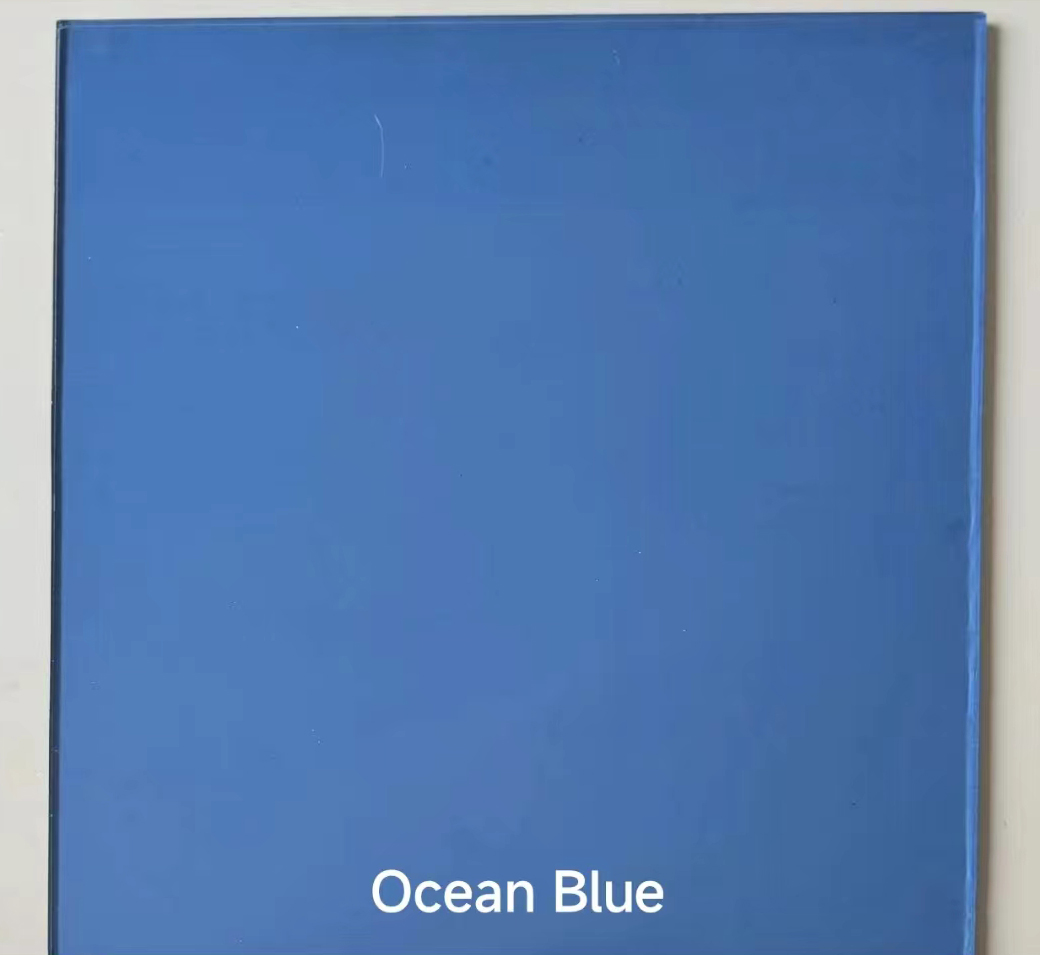

The Evolution of Ultra Clear Float Glass A Clear Choice for Modern Design
In recent years, ultra clear float glass has emerged as a frontrunner in the world of architectural and interior design. Known for its exceptional clarity and minimal green tint, this type of glass has transformed the aesthetic landscape of buildings, homes, and commercial spaces alike. But what exactly is ultra clear float glass, and why has it become so popular?
Ultra clear float glass is manufactured through a unique process that eliminates impurities, resulting in high transparency and superior optical clarity. The production process involves floating molten glass on a bed of molten tin, which creates a smooth, uniform surface. This method not only grants the glass its strength but also reduces the concentration of iron, the primary component responsible for the greenish tint seen in standard glass. As a result, ultra clear float glass boasts a light transmission rate of over 90%, making it the preferred choice for projects that require high transparency.
One of the most prominent attributes of ultra clear float glass is its ability to enhance natural light within a space. When used as windows or facades, the glass allows an abundance of daylight to flood in, creating bright, welcoming environments. This characteristic is particularly appealing in commercial buildings, where maximizing natural light can lead not only to energy savings but also to increased productivity among occupants. For residential settings, it enables homeowners to enjoy unobstructed views of the outdoors, seamlessly blending the indoors with nature.

Architects and designers are increasingly incorporating ultra clear float glass into their designs not only for its transparency but also for its versatility. It can be used in a variety of applications, from large glass walls and balustrades to sleek furniture and decorative elements. Its ability to be fabricated into various shapes and sizes means that architects can push the boundaries of conventional design. Moreover, ultra clear float glass can be combined with other materials, such as wood and stone, to create striking contrasts that enhance the overall aesthetic of a space.
Beyond its visual advantages, ultra clear float glass also meets modern demands for sustainability. As the focus on reducing energy consumption grows, glass manufacturers have developed energy-efficient coatings that can be applied to ultra clear float glass. These coatings minimize heat loss during winter and reduce solar heat gain in summer, helping to create more comfortable living and working environments while minimizing reliance on artificial heating and cooling systems.
The safety features of ultra clear float glass also deserve mention. It can be tempered or laminated to ensure additional strength and protection, making it suitable for high-rise buildings and areas prone to impact. This added durability, paired with its clarity, means that planners can ensure the safety of occupants while maintaining a design focus that emphasizes light and transparency.
In conclusion, the rising popularity of ultra clear float glass in the realms of architecture and design is a testament to its remarkable properties. From enhancing the visual quality of spaces to contributing to energy efficiency and occupant comfort, it stands as a clear choice for modern design. As the industry continues to evolve, it is likely that ultra clear float glass will remain a staple element in creating environments that are not only aesthetically pleasing but also functionally superior. Whether in residential or commercial projects, this innovative material has become synonymous with elegance, clarity, and sustainability.